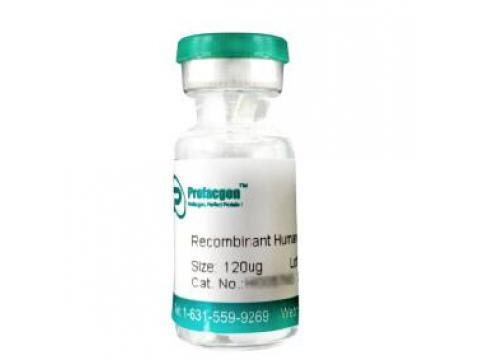Protein glycosylation is the most abundant and complex type of protein post-translational modification. It is the process in which glucose is transferred to proteins and particular amino acid residues on proteins under the action of glycosyltransferases to form glycosidic bonds. As a result of glycosylation, different proteins are marked differently, changing the polypeptide's conformation, and increasing the protein's stability. Protein glycosylation plays a vital role in many biological processes, such as immune protection, virus replication, cell growth, cell-cell adhesion, and inflammation. Many proteins, such as transcription factors, heat shock proteins, nucleoporins, RNA polymerase II, oncogene translation products, enzymes, etc., are post-translational modifications such as glycosylation. There are two main types of glycosylation of proteins in mammals: N-glycosylation and O-glycosylation. Most glycoproteins contain only one kind of glycosylation; however, some protein polypeptides have N-glycan and O-glycan chains. Among them, O-glycoprotein mainly exists in mucus and immunoglobulin.
https://www.profacgen.com/a-new-method-of-engineering-glycoprotein-biosynthesis-in-bacteria.htm
bio-equip.cn




